Outdoors, when you grow cannabis there are air currents that can cause heat to dissipate and help avoid serious issues in your plants. If you plan on growing indoors, you’ll need to create these air currents as well as renew the air; extract hot air and replace it with cooler, fresh air in order to properly grow your plants. Ventilation in indoor grows is essential in order to maintain the right humidity, temperature and air quality in the room or tent.
Ventilation in Indoor Cannabis Grows
Ventilation is essentially renewing and/or recirculating air in an indoor grow; the air in the room or grow tent needs to have certain humidity, temperature and CO2 levels for plants to grow correctly.
On the one hand, you’ll need to get rid of the hot air using an extractor or various extractors, pushing in cold air using an AC unit if needed or an extractor that’s taking in air from outside. You’ll also need to use fans to create air currents within the room so that the conditions are similar to outdoors, avoiding hot pockets of air and keeping your plants happier.
Ventilation with the lights on
When the lights are on in your indoor grow, you’ll most likely need to provide more ventilation in your grow room or tent, as it’ll be warmer and more humid. Moving air indoors allows it to balance out, as lamps and ballasts can cause pockets of stagnant air and heat, as well as humidity.
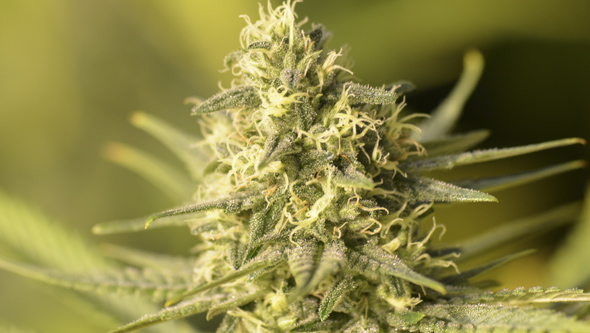
Air tends to create layers; the denser, cooler air will and up towards the bottom of the room and the lighter, warmer air ends up at the top of the room; this means that heat and moisture will rise and end up surrounding the tops of your plants, with the lower air and the Co2 stuck at the bottom. This is why fans are needed, which can help provide the same conditions as outdoors and help circulate CO2.
Fans shouldn’t be pointed straight at your plants; they just need to move a bit so that air can move around the foliage correctly; if the fan is too close to the plants, they could end up stressed out and using more energy to protect and strengthen their branches instead of making flowers.
The best way to go is to use moving fans placed under the lights to avoid hot air from gathering at the top and suffocating your plants. It’s best to use more low strength fans than less higher strength plants to avoid your plants becoming too stressed out.
Ventilation When the Lights are Out
During the night-time period you’ll still need to ventilate your growing area, although not due to the temperature; if the air isn’t move around and the lights are off, the humidity can easily increase and cause fungi to appear, such as Botrytis. This is why you should have your fans up and running for at least 15 – 30 minutes every hour or so.
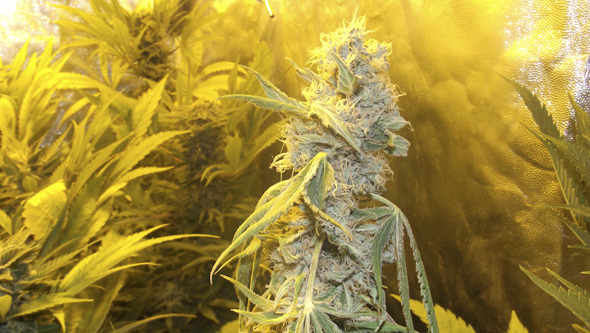
When the plants are still in the growth stage and don’t have much foliage, you can go without ventilation at night-time.
Extraction for an Indoor Cannabis Grow
Extraction is always necessary indoors, whether you’re using air conditioning or you’re adding in air from the outside. This allows for new air to come into the grow, renewing CO2, lowering the temperature and humidity, while also channeling odors towards your anti-odor system for extra discretion. Air’s hard to contain, and if you don’t direct it properly it can get out and annoy your neighbours or passers by with intense, distinguishable cannabis aromas.
It’s incredibly important to correctly measure your extractor strength depending on what you need, as well as using the right anti-odor filter. If you want to learn more about our anti-odor systems, check out our post on how to avoid odors in indoor cannabis grows.
Calculating Extraction for Indoor Cannabis Grows
The size of the extractor will depend on the cubic meters of air that you’ll need to extract in order to obtain the right humidity and temperature in your grow room or tent. If you’re using an AC unit, you’ll need less extraction than if all you have is an extractor fan to regulate the temperature in your grow.
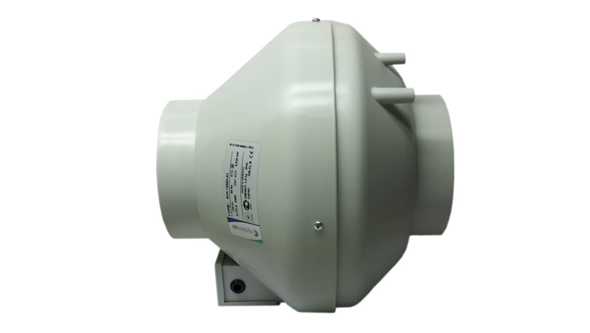
In order to calculate the air needed you’ll nee to keep a few things in mind; let’s have a look at a few practical examples.
1 – Calculate the size of your grow
Size of the grow = length x width x height
- Suppose you have a 1 x 1 x 2m grow tent using a 600w sodium pressure grow light; in this case, you’d have 2 m3 to work with.
2 – Calculate the amount of air to extract per hour
Extractors have a m3/h flow (cubic meters per hour). For air to be replaced every minute (60 times an hour) you need to multiple the volume of the grow room by 60. During night cycles, you can use half of this – 30 spins a minute.
- Volume of air to be extracted: volume of the grow x 60 spins per hour.
- You’ll need to multiply the 2 m3 by 60 spins an hour, which is 120m3/h.
3 – Adjust your calculations based on the heat and humidity
Once you have your m3/h worked out for air extraction (without taking into account the tent or lights), in this case 120 m3/h, you’ll need to multiply this by 2 (only when it’s on during the winter) or by 3 (if you plan on having it on all year.
This increase includes the extraction lost when using active carbon filters and elbows or bends in the ducting system.
Calculating extraction speed in indoor winter grows:
- Grow room volume x 60 spins per hour x 2
Calculating extraction speed in indoor grows for all year:
- Grow room volume x 60 spins per hour x 3
At La Huerta Grow Shop we recommend using the second method (by 3), as there are many exterior factors that can increase the temperature and humidity. This calculation makes up for any issues you may have during the year.
In the example we’ve been dealing with, the calculation would look something like this:
- 2 (room volume) x 60 (spins) x 3 = 360 m3/h -> the flow that your ideal extractor should have.
Extraction during the Night Cycle
Extraction during the night cycle has two main functions:
- Stopping humidity from rising above 60% during the flowering stage. If you can’t do this using an extractor, you’ll need to use a dehumidifier.
- Stopping odors from getting out at night; if you have a dehumidifier, you can place carbon filters inside the grow room to avoid any aromas, although this is an expensive option and it may decrease the CO2 in the room, which your plants need.
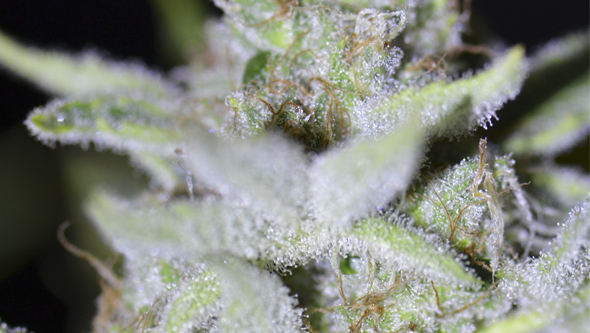
An extraction system used during the night cycle in indoor cannabis grows needs to be adjusted to intraction speeds too; if you have a passive air intake, then the extractor fan will need to be adjusted to suit the necessary humidity conditions at night.
Air Intake When growing Cannabis
Air intake to your grow can have two functions:
- Lowering the temperature in your grow room: in grow rooms that don’t have air conditioning you’ll need to lower the temperature by introducing fresh air. This is why it’s hard to grow during longer periods without using some sort of AC unit.
- Air renewal: in all grows, whether they have an AC unit or not, air needs to be renewed periodically, and this can be done passively or forced.
Passive Air Intake
Air that leaves through the extractor will come back in passively via grids, holes in the doors, or filtered through grow tents. If air goes out, it has to come in. The air that comes in has to be proportionate to the air that goes it – this only works when the room isn’t too airtight or the air ducts aren’t too long.
-If you have decent ventilation, extraction and air intake to your indoor grow, your plants will look healthy.
Forced Air Intake
An air extractor can be used as an air intake too in order to force it if needed. The flow of the extractor fan used for air intake should be half of the extractor fan used for extracting air. You don’t need ducts for the air in this system, so we recommend using a filter that stops any pesky insects from getting in.
- Intraction strength = ½ extractor fan strength
General Advice for Ventilation, Air Intake, and Air Renewal
- Make sure that everything is well connected and adjusted; any small gaps between the connections and you may end up with some unwanted escaped odors.
- As we were saying earlier, make sure to take your time making all of the necessary calculations and adjustments before buying anything.
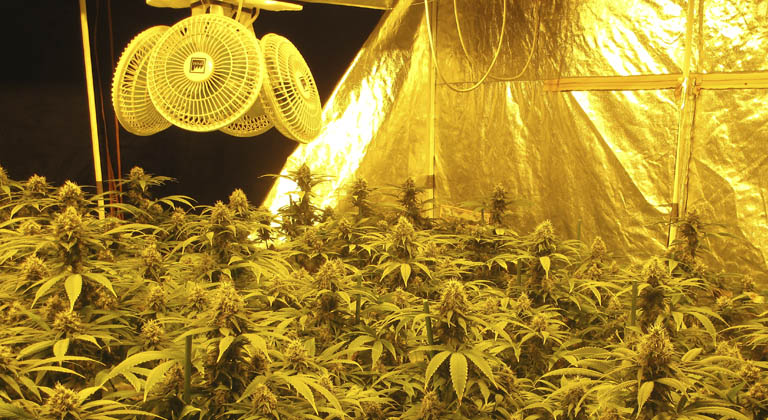
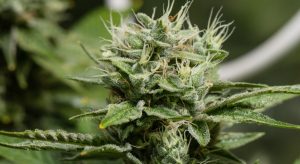
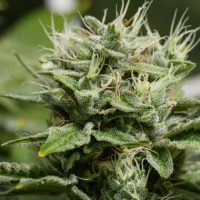
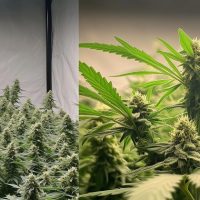
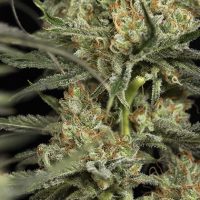
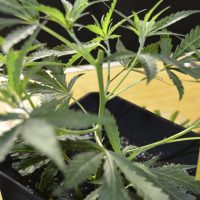

One Response
Amazing Blog!! Thanks for sharing.